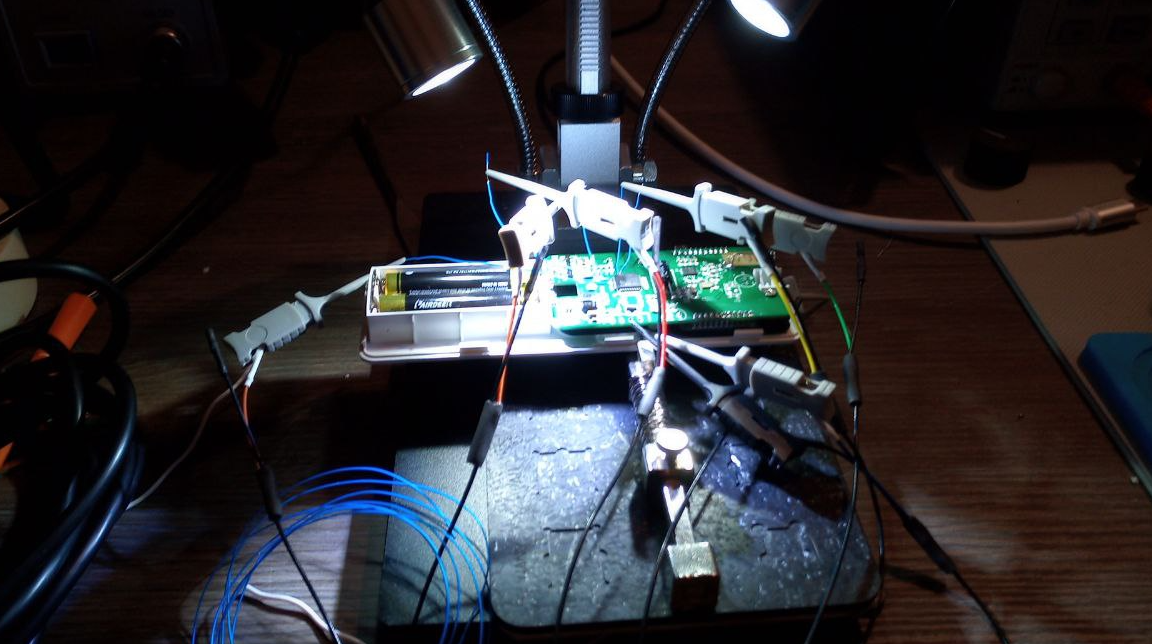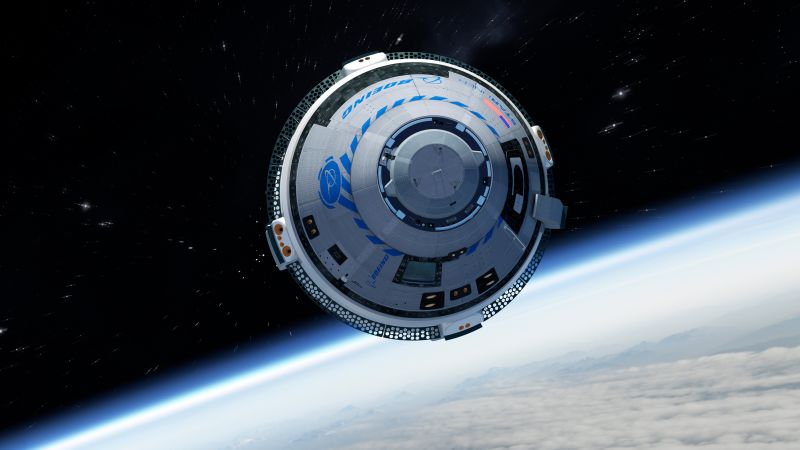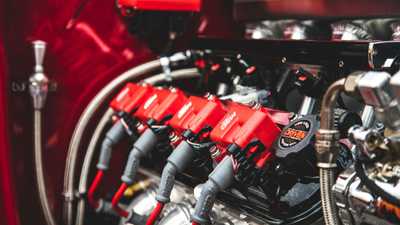
Turbo button - Wikipedia
On IBM PC compatible computers, the turbo button selects one of two run states: the default normal speed or a reduced "turbo" speed. It was relatively common on computers using the Intel 80286,[1] Intel 80386 and Intel 80486 processors,[2] from the mid 1980s to mid 1990s. The name is inspired by turbocharger, a device which increases an engine's power and efficiency. Contrary to what it suggests, the "turbo" button was generally intended to let a computer run slower than the speed for which it had been designed when pressed.[3]
With the introduction of CPUs which ran faster than the original 4.77 MHz Intel 8088 used in the IBM Personal Computer, programs which relied on the CPU's frequency for timing were executing faster than intended. Games in particular were often rendered unplayable. To provide some compatibility, the "turbo" button was added. Engaging turbo mode slows the system down to a state compatible with original 8086/8088 chips.
On most systems, turbo mode was with the button pushed in, but since the button could often be wired either way, on some systems it was the opposite. On some systems the turbo button was linked to a turbo LED or two-digit segmented display on the system case, although in almost all cases, the indicated frequency (in MHz) wasn't a measure of the actual processor clocks, but the two "fast" and "slow" display options set by jumpers on the motherboard (or a daughterboard linked to the button), or on some later machines, set in the BIOS software.






















